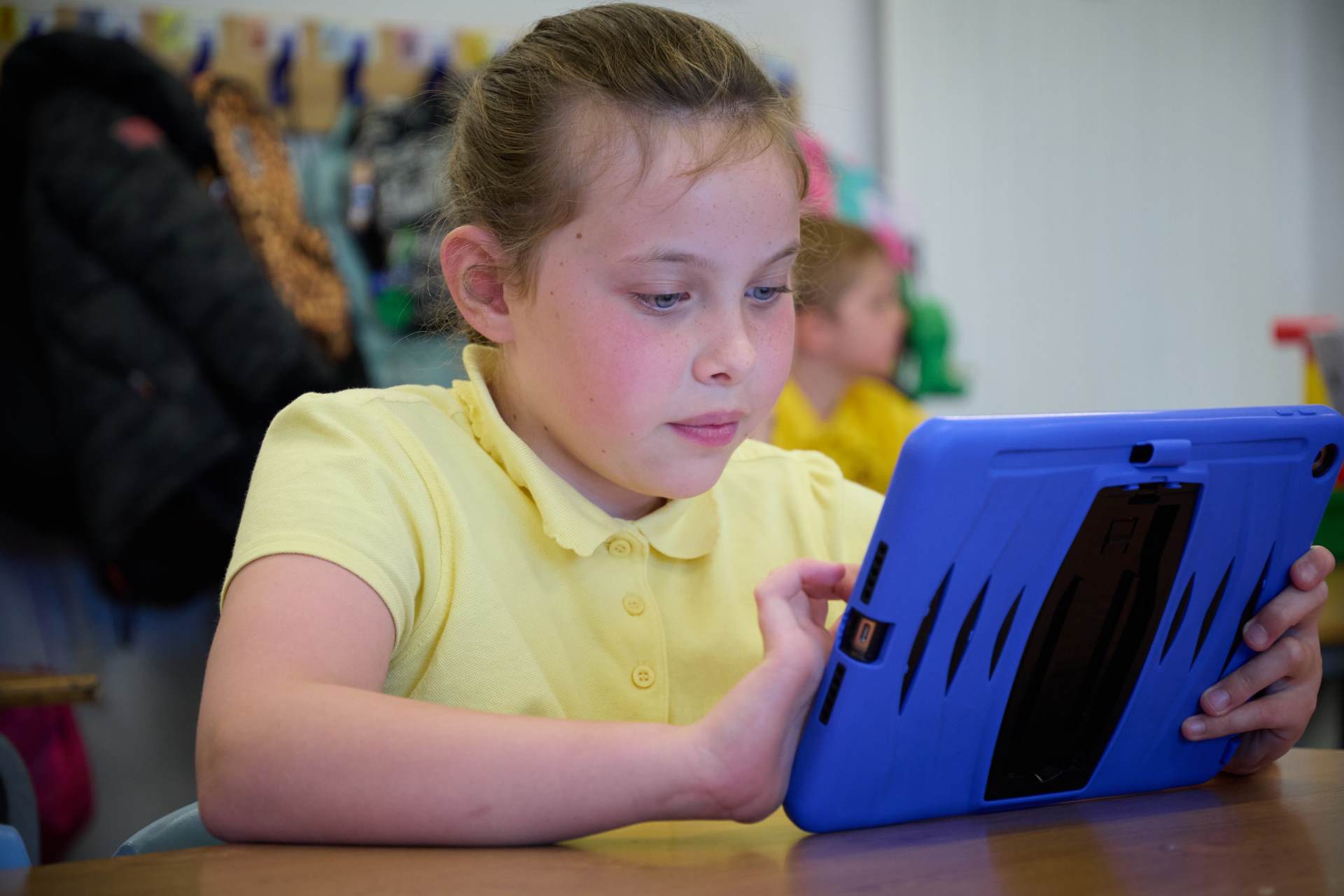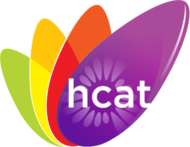Design & Technology
Intent
The national curriculum for design and technology aims to ensure that all pupils:
- develop the creative, technical and practical expertise needed to perform everyday tasks confidently and to participate successfully in an increasingly technological world
- build and apply a repertoire of knowledge, understanding and skills in order to design and make high-quality prototypes and products for a wide range of users
- critique, evaluate and test their ideas and products and the work of others
- understand and apply the principles of nutrition and learn how to cook
Design and Technology is an inspiring, rigorous and practical subject. The design technology curriculum at Eastfield is crafted to encourage pupils to design and make products that solve real and relevant problems. Design and Technology encourages children to learn to think and intervene creatively to solve problems both as individuals and as members of a team. It encourages children’s creativity and encourages them to think about important issues. The curriculum develops children’s skills and knowledge in design, structures, mechanisms, electrical control and a range of materials, including food. Pupils evaluate their products based on the purpose and function, a process to encourage critical-thinking, problem solving and strategic thinking. The children are also given opportunities to reflect upon and evaluate past and present design technology, its uses and its effectiveness and are encouraged to become innovators and risk-takers. We aim to, wherever possible, link design technology work to other disciplines such as mathematics, science, computing and art.
Implementation
Studying Design and Technology at Eastfield includes the use of a broad range of knowledge, skills, and understanding, and prompts engagement in a wide variety of activities involving the processes of designing and making. Pupils design and make products that solve real and relevant problems within a variety of contexts. Through evaluation of past and present Design and Technology, they develop a critical understanding of its impact on daily life and the wider world. Throughout the school journey, pupils will have the opportunity to develop the relevant and progressive skills working with mechanisms, electrics and computing components, materials, textiles and food. Pupils will be assessed against the three main areas that make up Design Technology, developing, planning and communicating ideas, working with tools, equipment, materials and components to make quality products and evaluating processes and products. Where possible, projects are linked to other studies within their curriculum.
Impact
High-quality design and technology education makes an essential contribution to the creativity, culture and wealth of the nation in an increasingly technological world. Children learn how to take risks, becoming resourceful, innovative, enterprising and capable citizens. Through the evaluation of past and present design and technology, they develop a critical understanding of its impact on daily life and the wider world. It also supports children in acquiring a solid foundation of initiative and thinking skills needed for success in future employability.
Key skills and key knowledge for Design and Technology have been mapped across the school to ensure progression between year groups. This also ensures that there is a context for the children’s work in Design and Technology; that they learn about real life structures and the purpose of specific examples, as well as developing their skills throughout the programme of study.




